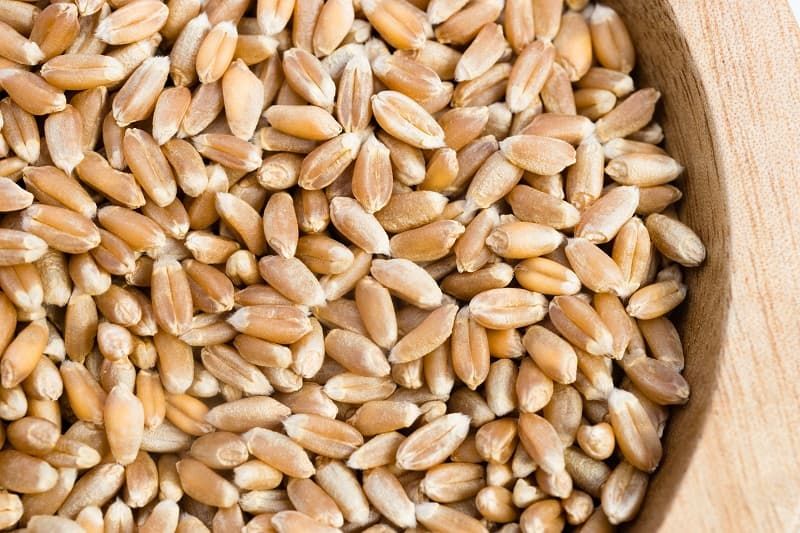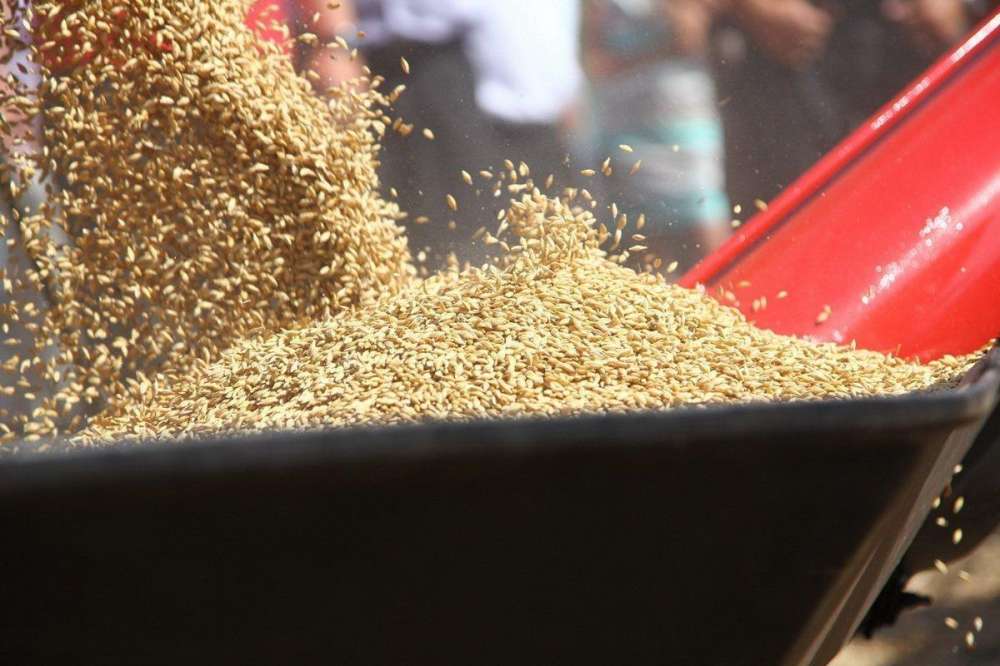The freshly harvested grain mass contains not only barley grain, but also some weed and grain impurities that deteriorate the quality of the grain and have a negative impact on its preservation. To ensure high-quality and long-term preservation of barley grain, preventing losses, during long-term storage it must be cleaned of impurities and dried to the required moisture content.
The content of various impurities in the grain mass is strictly regulated by the technical specifications for barley harvesting. If the amount of impurities is higher than the required value, the grain cannot be used for its intended purpose. mandatory requirements for barley grain to ensure the safety of life and health of the population, animals and the environment. When selling grain that does not meet the basic characteristics, discounts are made on the weight and the price is reduced. However, even freshly harvested barley grain with impurities not exceeding the basic standards must be cleaned. This is because impurities contain the bulk of microorganisms and moisture. Cleaning of such raw materials helps to reduce the physiological activity of the grain mass and reduce the risk of spontaneous combustion during storage.
Separators for grain cleaning
The grain is cleaned using special equipment such as a drum or flat-sieve grain separator.
The use of OLIS machines, namely the PROMIN ZSO drum separator or the GORIZONT and PSO flat sieve separators, allows for quick and high-quality cleaning of barley grain from most easily separable impurities that differ in size and speed.
For preliminary cleaning, the drum separators are equipped with sieves with mesh sizes: oblong 2.0×20 mm for small waste and Ø10 and Ø9 mm for clean grain; when using flat screen separators GORIZONT and PSO, a 2…2.4×20 mm sieve and a Ø10…8 mm sifting sieve are used.
To separate long impurities (oats, oatmeal and others) from the coarse barley fraction, the barley fraction obtained from the seeding sieve is sent to the oatmeal triage separators TCO with cells with a diameter of 8.5-11.3 mm, and to separate short impurities (tares, peas, broken grain), the fine barley fraction is processed in the tares triage separators TKC with cells with a diameter of 5.5-6.3 mm.
To ensure a more complete separation of the barley head sacs, it is recommended to reduce the capacity of the separators, increase the air flow rate in the pneumatic separation channels to 8 m/s and apply double cleaning of the barley grain on the triple separators of the TCO with cells with a diameter of 8.5 mm.
It is not uncommon to encounter difficult-to-separate impurities that require an individual approach on a photo-separator or pneumatic sorting table of the SPS.
To remove mineral impurities from the barley grain, the OMP stone separator must be used.
How to buy grain cleaning separators profitably
The selection of the separator model is based on the capacity requirements and the type of operation to be performed. In severe cases, a single cleaning on a sieve separator is not enough and additional cleaning on other machines is required. OLIS engineers are engaged in the selection and design of technological lines of such cleaning complexes that perfectly cope with the task.
Table 1 – Barley grain requirements
| Indicators | Requirements for barley grain used | |||||
| For food purposes | For the production of malt in alcohol production | For feed purposes | For brewing | |||
| 1st class | 2 classes | 3 classes | 1st class | 2 classes | ||
| Color | Yellow with different shades | Characteristic of healthy grain. Darkened is allowed. | Light yellow or yellow | Light yellow, yellow or grayish yellow | ||
| Humidity, %,
not more |
14,5 | 15,5 | 15,5 | 14,5 | 15,0 | |
| Nature, g/l,
no less |
600 | 570 | Not limited | Not limited | ||
| Weight of 1000 grains, g, not less | Not limited | 40,0 | 38,0 | |||
| Mass fraction of protein, %
no more |
Not limited | 11,0 | 11,5 | |||
| Weed impurity,%,
not more |
2,0 | 3,0 | 5,0 | 1,0 | 2,0 | |
| including: | ||||||
| mineral impurity | 0,3 | 0,5 | 1,0 | 0,5 | 0,5 | |
| including: | ||||||
| pebbles | 0,1 | 0,1 | 0,5 | 0,1 | 0,1 | |
| slag and ore | 0,05 | 0,05 | 0,1 | 0,05 | 0,05 | |
| spoiled grains | 0,2 | Within the normal limits of the total content of weeds | ||||
| wild oats | 1,0 | Within the normal limits of the total content of weeds | ||||
| cockle | 0,3 | 0,3 | 0,5 | 0,3 | 0,3 | |
| fusarium grains | 1,0 | 1,0 | 1,0 | Не допускается | ||
| harmful impurity | 0,2 | 0,2 | 0,2 | 0,2 | 0,2 | |
| including: | ||||||
| ergot and smut | 0,1 | 0,1 | 0,1 | 0,1 | 0,1 | |
| creeping bitterweed, variegated elmflower, lanceolate thermopsis, intoxicating chaff, foxtail sophora (together) | 0,05 | Within the normal limits of the total content of weeds | ||||
| heliotrope pubescent and trichodesma gray | Not allowed | |||||
| Grain admixture, %, no more | 7,0 | 3,0 | 15,0 | 2,0 | 5,0 | |
| including: | ||||||
| barley grains classified as grain admixture | 2,0 | Within the normal limits of the total content of weeds | ||||
| sprouted | 2,0 | Within the normal limits of the total content of weeds | ||||
| grain and seeds of other cultivated plants classified as grain impurities | 3,0 | Within the normal limits of the total content of weeds | ||||
| including: | ||||||
| rye and oat grains | 0,5 | Within the normal limits of the total content of weeds | ||||
| Small grains, %, no more | 5,0 | 5,0 | Not limited | 5,0 | 7,0 | |
| Size, %, not less | Not regulated | 85,0 | 70,0 | |||
| Germination ability, %, no less (for grain delivered no earlier than 45 days after harvesting) | Not regulated | 92,0 | Not regulated | 95,0 | 92,0 | |
| Viability, %, no less (for grain delivered earlier than 45 days after harvesting) | Not regulated | 92,0 | Not regulated | 95,0 | 95,0 | |
| Pest infestation | Not allowed, except for tick infestation no higher than stage I | |||||
For more information and advice, please call: ☎ +38 (067) 822-85-58.































